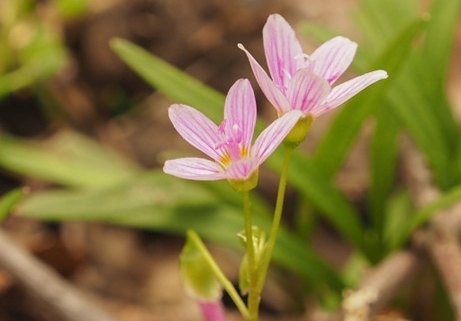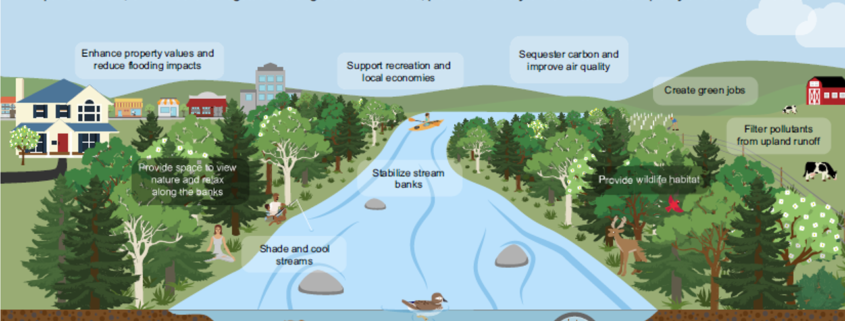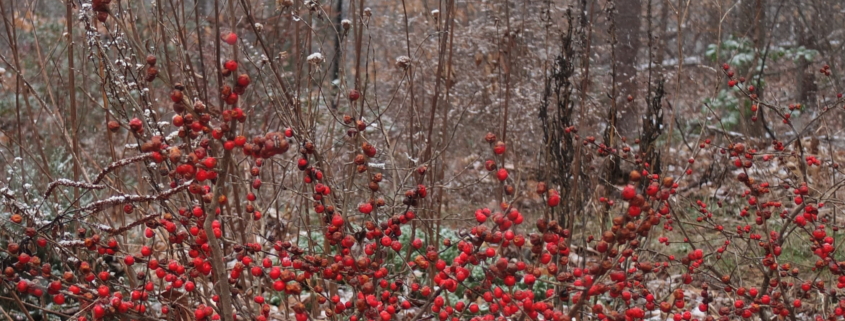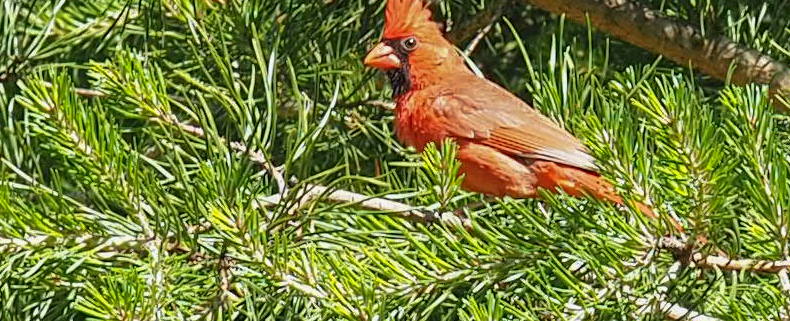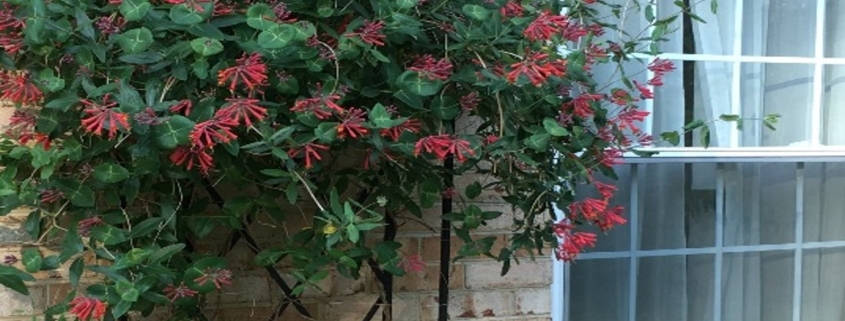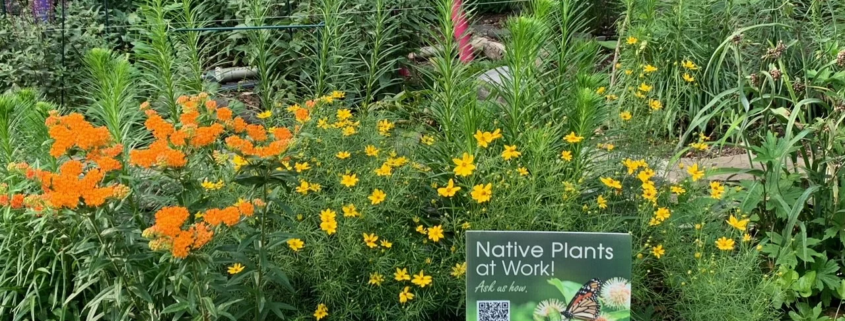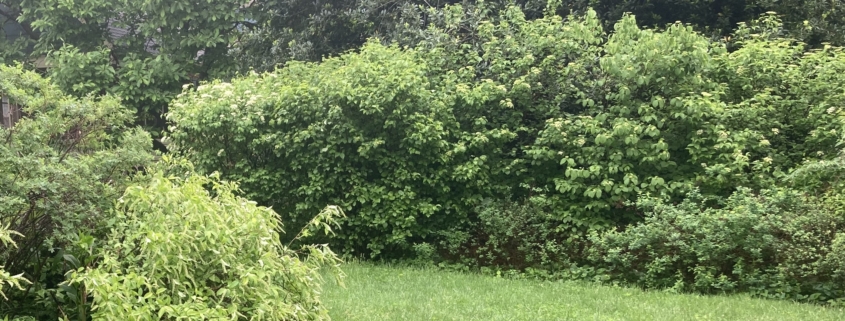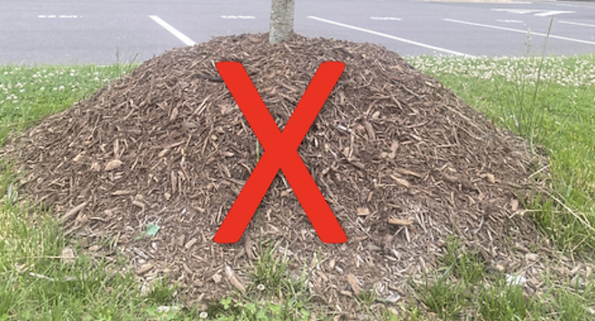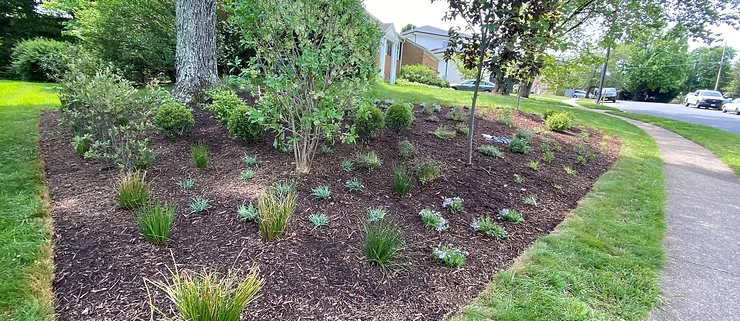Early Spring Blooms for The Garden
Photo: Plant NOVA Natives
Article by Plant NOVA Natives
Our woodlands and meadows are about to awaken and burst into a vibrant display of spring ephemerals, the transient native beauties we love to see, especially after the cold and snowy days of winter. They are among the first spring plants to emerge and are indeed ephemeral. They don’t last long, completing their life cycle in a matter of weeks to take advantage of the sunlight that filters through the canopy before the trees leaf out.
Virginia Bluebells are a well known and popular example of a spring ephemeral, celebrated during Bluebell festivals around the region in April. But the show starts earlier, with Spring Beauty sprinkling the ground starting in late March, followed by a whole array of fascinating species including Trout Lilies and Dutchman’s Breeches. We can bring their splendor and interest to our homes by planting them in our landscapes and gardens. They are the native equivalent of crocuses and daffodils, a difference being that they are transplanted in pots rather than planted as bulbs.
The blooms of spring ephemerals are small and delicate, almost fairy-like in appearance, and yet they are an important source of early pollen for newly emerging bees. Our gardens can serve as a haven for these small but mighty plants that directly support the biodiversity of the region. Spring ephemerals will emerge before many of us begin to actively garden, so successful cultivation requires some advance thought and planning. They need sun in late winter and early spring but require shade later on as the sun intensifies and temperatures rise. They will be at home in most woody settings on your property, so plant them under trees, shrubs, and other large perennials where the soil is moist. They are particularly charming along paths and walkways where you can enjoy them every day as you pass by. You can read about them on the Plant NOVA Natives website.
Some growers advise that early fall is the best time to plant spring ephemerals, but the plants are harder to find for sale then since they would just look like empty pots. Planting them in the spring is just fine, but you may not see blooms in the first season. Most commercial nurseries these days sell the more popular species of spring ephemerals such as Virginia Bluebell, but a wider selection of species can be found in the native plant nurseries and at the local spring native plant sales.
Please remember this important rule when considering spring ephemerals for your property. You should always buy them from a grower and never take them from the wild. They are slow to propagate and will likely die if you disturb them. They may be small and short lived, but they are crucial to the native ecosystems and a testament to the renewal of spring. Let’s enjoy them in the wild where they have decided to plant themselves.
Before this year’s spring ephemerals come and go, it’s worth the effort to get out and see them sprinkled across wetlands and woodland floors in parks and other undisturbed preserves across Northern Virginia. They are a sight for sore eyes after the drab gray of winter. Open your plant identification apps, grab your native plant guidebook, or go on one of the spring ephemeral walks such as the ones hosted by the Virginia Native Plant Society. Watch your step and stay on the paths as you take in the wonderful display. Get to know them, fall under their spell, and you will no doubt be inspired to purchase and plant several of these magical beauties for your own garden viewing pleasure.


